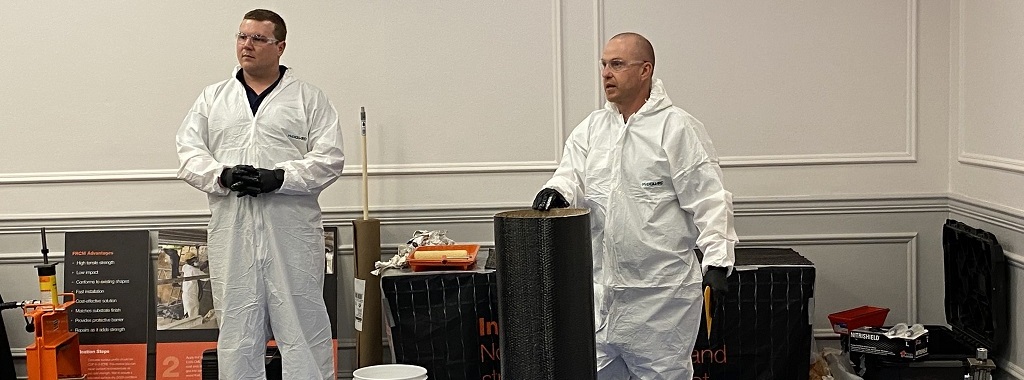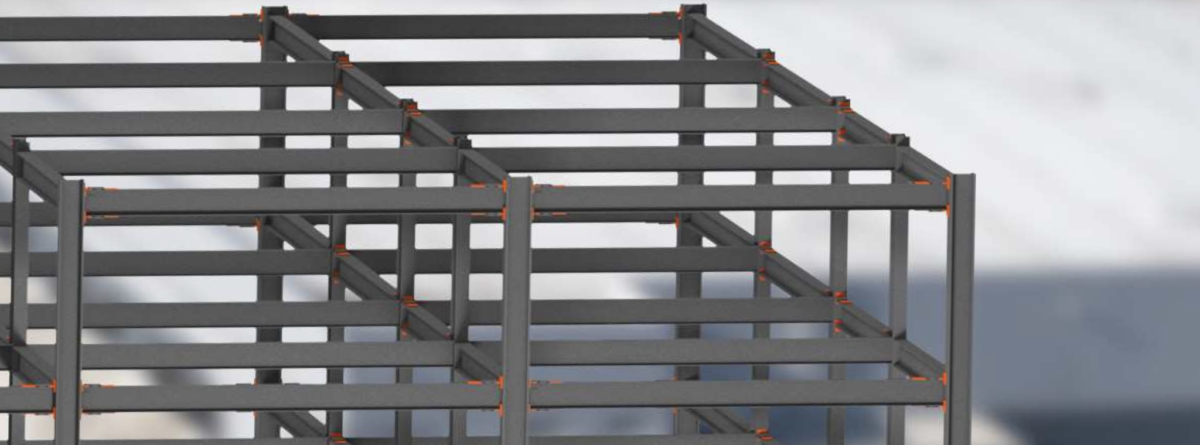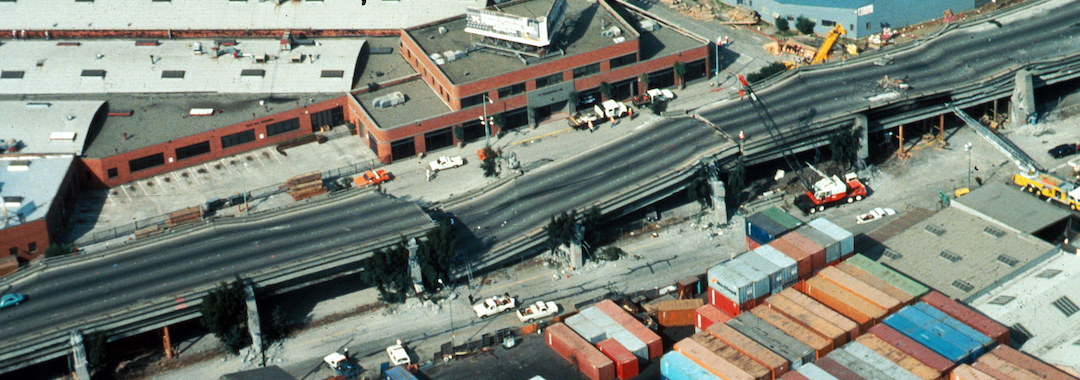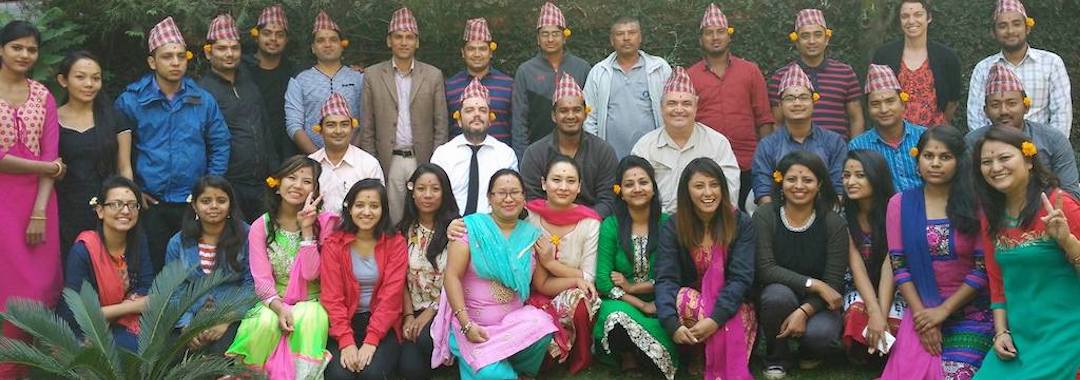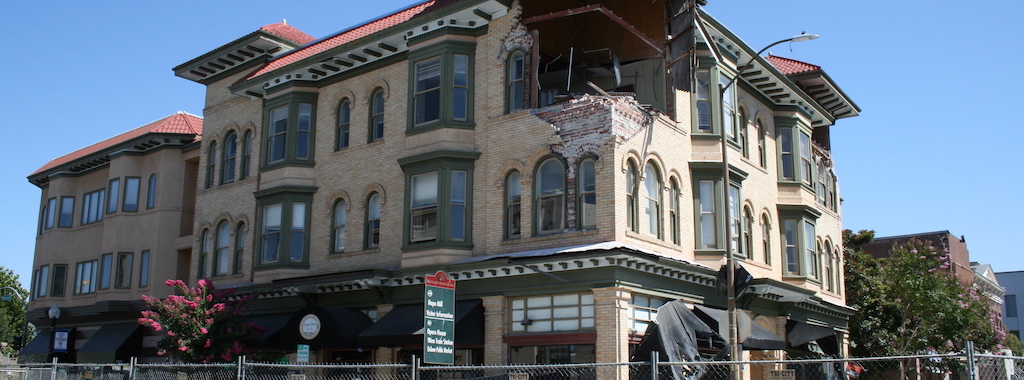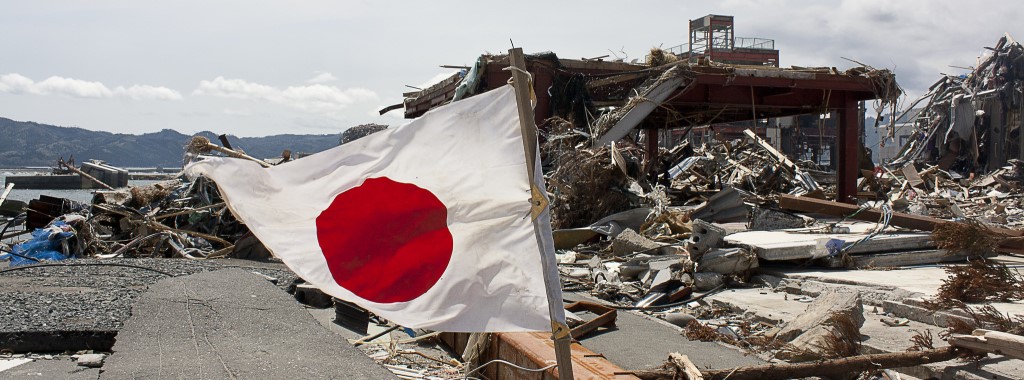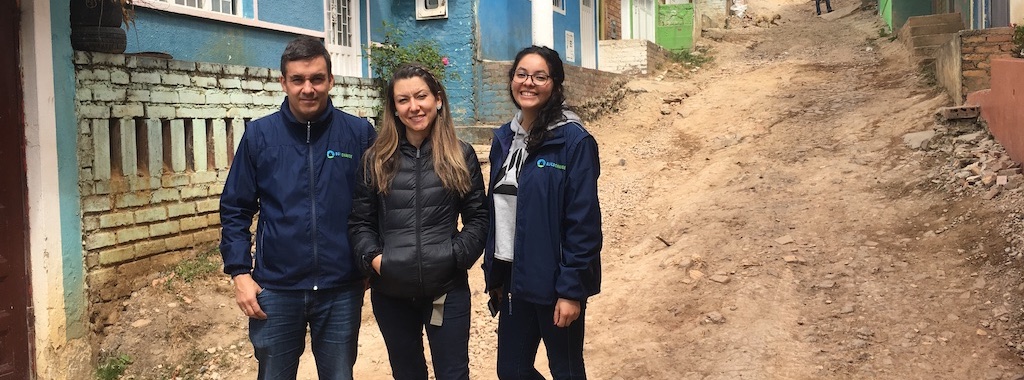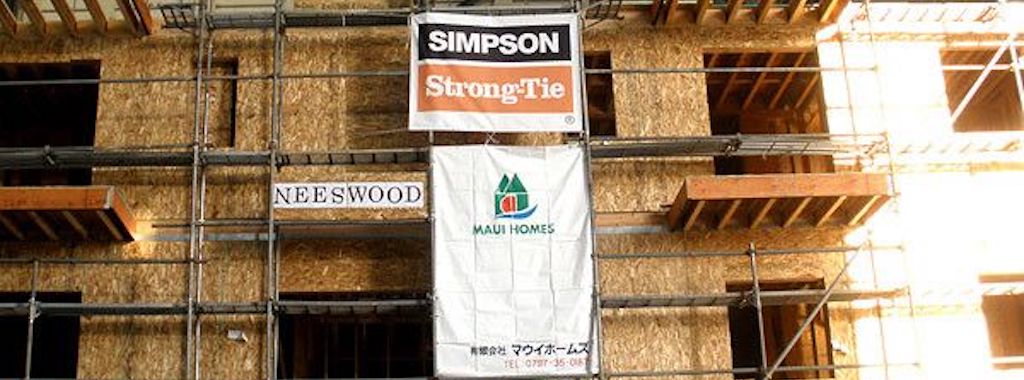Did you know that Simpson Strong-Tie offers free education and training to the structural engineering and building industries? On May 18, 2022, a team of Simpson engineers and technical sales reps, in conjunction with Structural Technologies, hosted a workshop in Portland on fiber-reinforced polymer (FRP) and fabric-reinforced cementitious matrix (FRCM) seismic strengthening solutions for concrete, reinforced masonry and unreinforced masonry structures. The workshop educated engineers on how Composite Strengthening Systems™ (our FRP and FRCM solutions) can be used to strengthen structural concrete and masonry elements in their projects. This was our first workshop event since COVID restrictions were placed, and we were excited to host the industry again.
Tag: seismic
Yield-Link® Moment Connections in the Great White North
Resiliency is a term which is becoming more commonplace within the field of structural engineering, not just in North America but worldwide. As part of a nation that prides itself on being progressive, engineers in seismic zones of Canada are already exploring innovative solutions that may help create economic structures with resiliency in mind. But what do we mean by resiliency?
In the fields of engineering and construction, resiliency is the ability of a structure to absorb or avoid damage without suffering complete failure. Structural resiliency is the ability of a building or structure to remain sufficiently sound and intact following a shock event as to allow rapid resumption of normal use.
The Legacy of Loma Prieta
Every year on October 17, we take a moment to reflect on the 1989 Loma Prieta earthquake. The 6.9-magnitude earthquake was one of the most powerful and costly quakes to shake the San Francisco Bay area since the 7.9-magnitude earthquake of 1906. The quake caused an estimated $6 billion in damage and, tragically, resulted in 63 deaths and 3,757 injuries.
Many of those casualties were due to failing infrastructure when sections of the Nimitz Freeway collapsed.
Simpson Strong-Tie was founded in Oakland, California — practically in the heart of the Bay Area. Earthquakes were never far from the minds of our founders. It’s why even before Loma Prieta our mission was to provide solutions that help people design and build safer, stronger structures. However, it’s safe to say the earthquake not only reinvigorated our mission but inspired countless structural engineers who would go on to define the next 30 years of Simpson Strong-Tie research and development into community resilience.
Case Study: Gruening Middle School’s Seismic Damage Repair Solution
It can be a challenge to repair an earthquake-damaged structure.
During the 7.1-magnitude 2018 Anchorage earthquake, Gruening Middle School in Eagle River sustained more damage than any other school in the Anchorage School District. Review of the school showed the existing masonry walls suffered damage and separation from the roof. During the retrofit design, the Reid Middleton structural engineering team (Anchorage) determined the masonry walls weren’t adequately reinforced to meet current code requirements. They were seeking an easy-to-install strengthening solution that wouldn’t add significant weight to the building.
Build Change: My Favorite Child
With the growing danger of natural disasters, the race is on to expand access to programs that safeguard lives from the human-made danger of poorly built housing. With the common mission of building safer, stronger structures, Build Change and Simpson Strong-Tie have partnered for the Simpson Strong-Tie® Fellowship for Engineering Excellence program. This year’s fellow is Build Change Engineering & Design Services Director Tim Hart, SE. As with our previous fellows, Hart is documenting his journey with the program on the Simpson Strong-Tie Structural Engineering blog. This is his final report.
In 2017, when I was in Nepal working for Build Change, I had a conversation with one of my colleagues about the volunteer work that I had done for the organization over the years. After telling him that I had worked with seven different country programs for Build Change, he asked me which of those countries I liked the best. My first thought was that it was like asking a parent which child he or she liked the best; even if I did have a favorite, I didn’t want to say it out loud for fear of offending my colleagues and friends in all the other countries. I said this to him to deflect the conversation and we went on to discuss other topics. Truth be told, while I enjoyed the culture and hospitality of all my Build Change host countries and believe in the value of the work I’ve done for them , I have a special soft spot for two of them: Indonesia and Nepal.
Business Owners Today: What Else Could Happen?
How can a “Back-to-Business” plan help communities and business owners recover after a damaging event? In this guest blog post, David Cocke, S.E., explores the history of “B2B” programs and how they help expedite the inspection process so owners can get back to normal faster.
Business leaders have a lot to think about nowadays. With the current pandemic crisis, we have to consider health (ourselves, our families and our staff), liabilities, cash flow, workload, client retention and the pipeline for future work. Knock on wood that we don’t have to deal with any kind of natural disaster on top of this current situation, but more on that topic later…
Continue Reading
Build Change: Seismic Safety in the Age of COVID-19
With the growing danger of natural disasters, the race is on to expand access to programs that safeguard lives from the human-made danger of poorly built housing. With the common mission of building safer, stronger structures, Build Change and Simpson Strong-Tie have partnered for the Simpson Strong-Tie® Fellowship for Engineering Excellence program. This year’s fellow is Build Change Engineering & Design Services Director Tim Hart, SE. As with our previous fellows, Hart is documenting his journey with the program on the Simpson Strong-Tie Structural Engineering blog.
When I agreed to travel for Build Change to the Philippines and Indonesia in March, some of my friends and colleagues told me I was brave. Others told me I was crazy. One asked me whether I was afraid that I would not be able to get home. At the time, I felt it was safe to go since there were only a few cases reported in the Philippines, Indonesia and the United States. Even so, I waited until the last minute before I told my mother of the trip, knowing that she would be worried and would try to talk me out of going.
Dr. Lucy Jones: Mitigation Creates Community Resilience
A Shinto shrine in the Japanese coastal town of Minamisanriku has been the center of its community for centuries. In 1960, a tsunami generated by the great Chilean M9.5 earthquake swept into the ocean bay and damaged the shrine. The priest’s house situated at a higher elevation than the shrine had been spared any damage. The community came together and not only repaired the shrine but moved it up the hill, 50 feet above its previous location, to protect it from future events.
The Simpson Strong-Tie Excellence in Engineering Fellowship, A Grateful Adventure
Before starting my fellowship, a year seemed like a very long time to be away from my day-to-day life, my clients, and my comfort zone. I started with many questions about how I could support the Build Change team to make the biggest possible impact with this fellowship. Once I started, however, I found more than a great team; I found a family. I would like to start this blog by praising the support of every member of the teams that I worked with, including the Build Change headquarters staff, as well as the staffs of the programs in Colombia and the Philippines.
Designing Resilience: NEESWood Capstone a Decade Later
In 2009, Simpson Strong-Tie participated in an unprecedented research event to highlight the importance of earthquake-resistant wood construction.
The event, the world’s largest earthquake test, was a collaborative Network for Earthquake Engineering Simulation project. It teamed academics, engineers, and industry researchers from around the world to subject a structure to what engineers refer to as the “maximum considered event” (MCE), a large, rare earthquake projected to occur, on average, approximately every 2500 years.
Continue Reading



